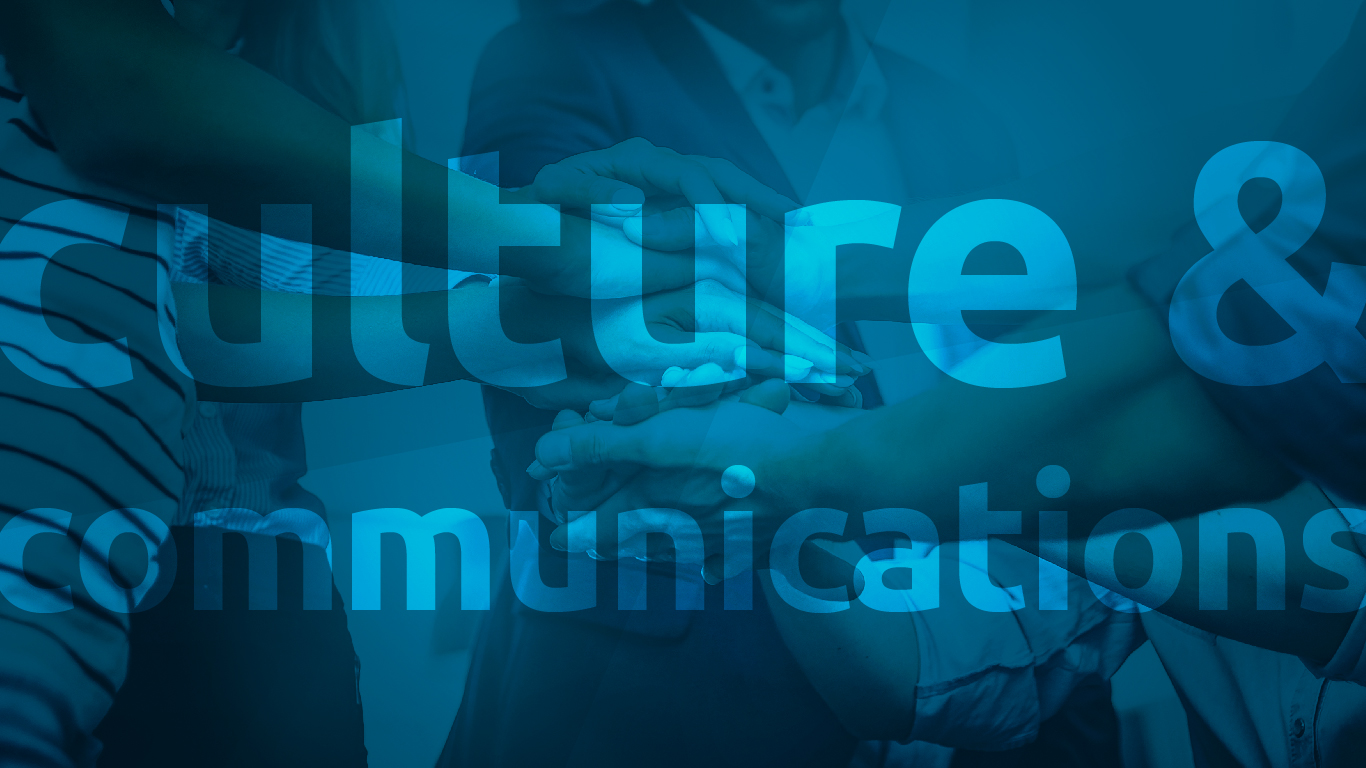Culture & Communications: Two X Factors in M&A Success –
A Conversation with Ryan Pomeroy, Pomeroy Lodging
Strategic communications and corporate culture are often overlooked during mergers and acquisitions despite the important role they play in maximizing the long-term success of any business transaction. With up to 80% of deals failing to fully deliver on their strategic objectives, effective post merger integration remains a challenge. Financial and legal considerations typically occupy the attention of senior leadership during due diligence and closing, and most companies fail to align cultures and effectively communicate to both internal and external stakeholders pre, during, and post deal.
In this blog series, Incite’s Ted Kouri sat down with industry leaders to discuss their post-merger integration successes and battle scars, including candid insight, perspectives, and advice leading teams firsthand through the post-merger integration process. Each conversation will explore why a structured, proactive approach to communication and culture is critical to alignment and engagement, and key takeaways to maximize the value of your next deal.
Why is cultural integration post deal such a challenge?
You can’t salvage people who have been in a poor (or significantly different) culture for a long time, so don’t expect to. We expected people to be excited about a bolder vision, more energy, more money, etc., but most preferred the slow, complacent culture that they were used to and didn’t want to change. You need to manage this early on, so you understand what you are getting into and what plans need to be put into place to ensure cultures transition and translate into success for everyone involved.
What are some key lessons related to cultural integration and alignment? How hard is it and how long does it take?
One of the biggest lessons we learned is the need to start early. You need to involve your operations team in due diligence and underwriting. We only used our acquisition team the first time because they were too focused on the numbers and that meant we didn’t spend enough resources on cultural integration and post deal challenges and realities. Do not underestimate the impact culture will have on performance. The Kananaskis deal took longer to perform due to cultural integration challenges. My advice would be to be more inclusive in the acquisition. Spend more time and be more present corporately. Integration takes a lot longer than you think and it is not done in a few months, or even in one year.
Shifting gears to communications, what tools or approaches do you find most effective when communicating to stakeholders?
Making sure corporate presence is felt at each of our properties is indeed critical. Even more so is the fact that face to face communication is key. You need to invest the time to make this happen and you need to have operations people involved, not just the CEO or the people involved in the deal.
Post deal, it is critical to have an ongoing presence. For example, we have our president in Alaska speak to our team every six weeks, to demonstrate our commitment to the property, and report from a boots on the ground perspective what’s working or areas where we need to improve. Town halls are a great tool in achieving both presence as well as making sure your team feels listened to. We make sure we host one pre and then post acquisition and have found that these are excellent ways to communicate effectively.
What has been your biggest mistake or regret from a past deal? If you could go back, what would you have done differently?
I would go back to our first acquisitions. At that time, we were too focused on payroll and trying to align pay structures. Sure, we might be paying a new person 20% more than is ideal, but that shouldn’t have been our focus. The real question is if they are good at their position and the right cultural fit. For example, a chef buys $1M a month of food product for our hotels. If they mess up, that mistake is worth their annual salary in one month. Getting too worried about paying them 20% too much takes your eye off the big items that impact profitability.
What advice would you give the individual managing your next acquisition?
Don’t underestimate the cost of integration (dinners, travel, training, turnover, etc.). It is hard to get banks and debt financers to understand this, so you need to just be prepared for it. It helps if you involve lots of people in integration. The statement more is better really applies to deals. That and involve them early.
—
Ryan Pomeroy is a leader who continually proves that ambition, focus, and strategic thinking can build a brand that is not only deeply connected to the regions they operate in but is recognized across Canada. He believes that a fierce investment in the people, properties, and communities where Pomeroy works is what drives their success.
On his fifth birthday, Ryan spent the day working in his family’s hotel restaurant with his brother and father. From then on, he was dedicated to the family business, pushing for better service, faster growth, and stronger community relations. In 2006, he was appointed president, and CEO in 2018. During his tenure, Ryan has been instrumental in strategically positioning Pomeroy Lodging for continued success and growth.
Pomeroy Lodging is a major player in Western Canada’s hospitality industry with over 20 properties. Pomeroy Lodging acquired and transformed the newly branded Pomeroy Kananaskis Mountain Lodge through a $45M renovation and the introduction of the Kananaskis Nordic Spa, and more recently acquired the Alyeksa Resort, Alaska’s largest year-round destination featuring a 7 lift ski resort and 300 room Hotel Alyeska.





